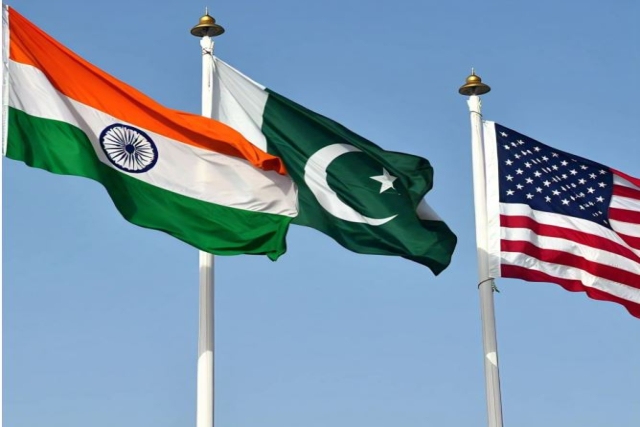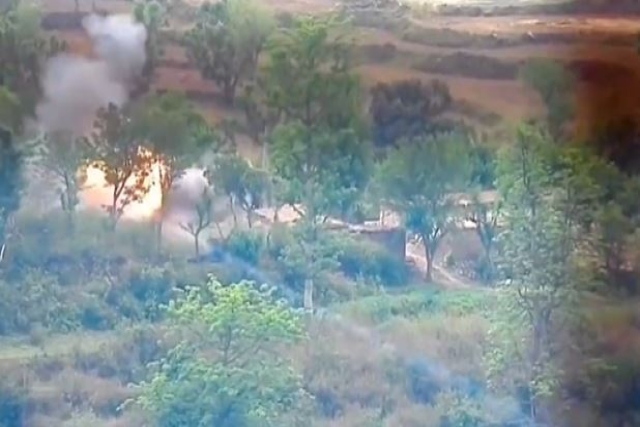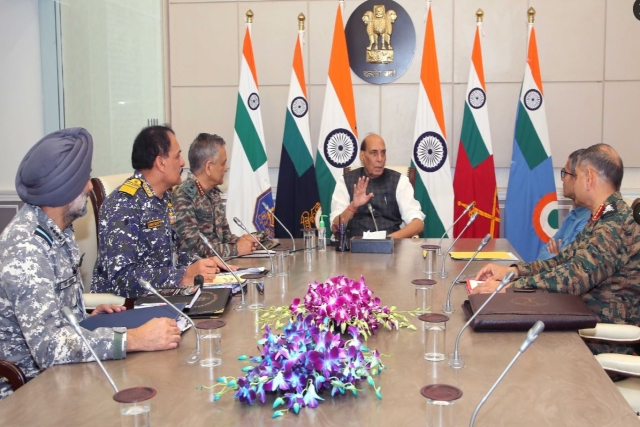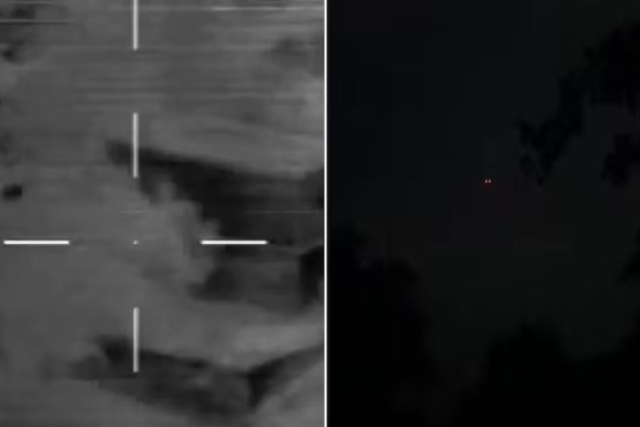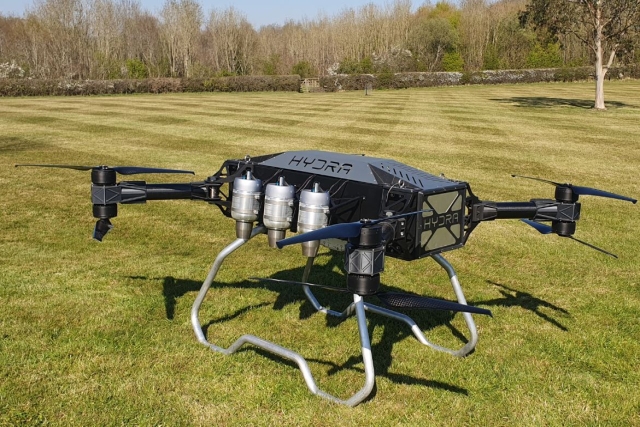As War Clouds Recede, India Lifts Civilian Aircraft Ban on 32 Airports
As the ceasefire comes into force, India details Pakistani targets including major air bases hit during Operation Sindoor last weekend.
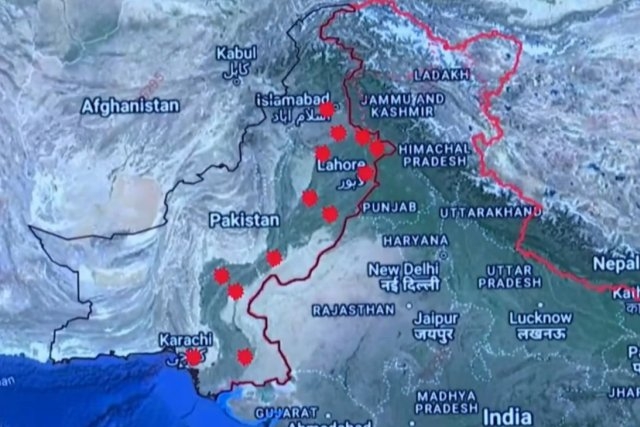
India has lifted a temporary ban on civilian flights at 32 airports across its northern and western regions following the initiation of a ceasefire with Pakistan.
The suspension, imposed amid escalating tensions over the past two weeks, officially ended today.
According to a statement from the Ministry of Civil Aviation, the airports—previously shut due to security concerns—are now open for civilian operations. “Temporary closure of 32 Airports for civil Aircraft operations till 05:29 hrs of 15 May 2025 has been lifted. These Airports are now available for civil Aircraft operations with immediate effect,” read the government release. Passengers have been advised to check flight status directly with airlines for updated schedules.
The move comes after a week-long military escalation triggered by an April 22 attack in Pahalgam, Indian-administered Kashmir, where 26 civilians were killed. India accused Pakistan-backed militants of orchestrating the attack. In response, India launched Operation Sindoor on May 7, targeting alleged militant infrastructure across the border. Pakistan, while denying the Indian claims of eliminating over 100 militants, reported civilian casualties and urged an independent investigation.
At a tri-services media briefing, senior Indian Army, Navy, and Air Force officials outlined the operational scope and results of Operation Sindoor. They confirmed no Indian military assets were hit during Pakistan’s retaliatory missile strikes.
“All our military bases and defence systems continue to remain fully operational and ready to undertake any future missions, should the need so arise,” said Air Marshal A. K. Bharti.
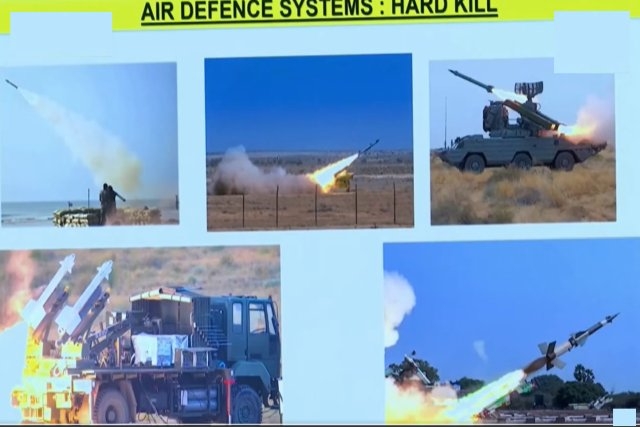
“As our precise attacks on the terrorists were made without crossing the LoC or international boundary, we speculated that Pakistan would also respond similarly. Accordingly, we had prepared our air defence beforehand,” said Lieutenant General Rajiv Ghai, Director General of Military Operations (DGMO).
Officials said integrated air defense systems—combining Counter-Unmanned Aerial Systems, electronic warfare tools, and surface-to-air weapons—played a central role in shielding Indian military installations.
Following initial exchanges, high-level military talks were held between the DGMOs of both countries. According to reports, the dialogue concluded on Sunday with both sides confirming a cessation of hostilities. The talks were initially delayed, but eventually led to the ceasefire declaration, now in effect.
Jammu and Kashmir Chief Minister Omar Abdullah encouraged displaced residents, especially those from Poonch district, to return to their homes.
“They (border residents) should now try to return to their homes… Poonch was the worst affected, but now that the shelling has stopped, people can come back,” he said.
The civilian flight resumption marks the first visible sign of de-escalation following days of heightened alert along the India-Pakistan border.
